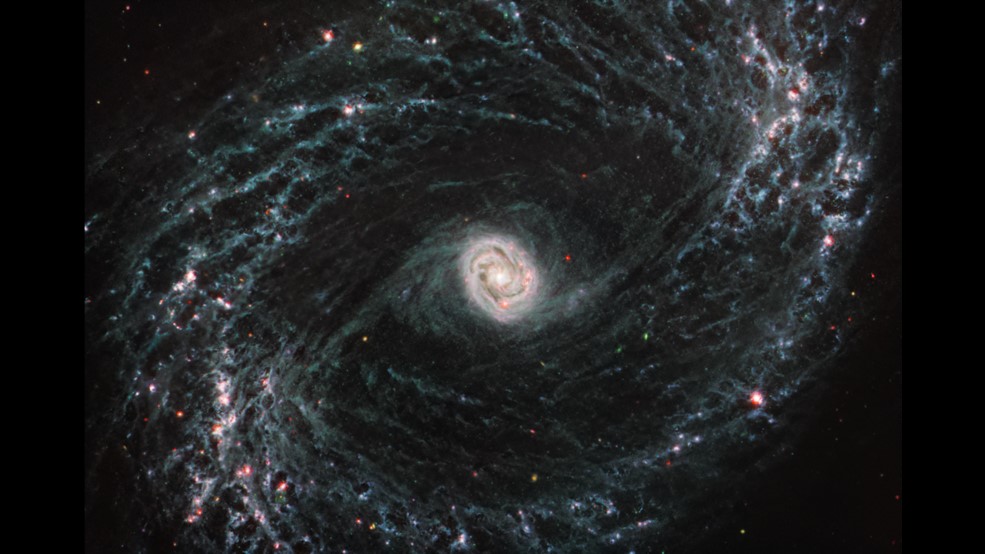News
UW Professor part of studies learning how stars are born using Webb Telescope

The University of Wyoming has announced that a UW astronomer is part of a multinational team of researchers using NASA’s James Webb Space Telescope to get a first look at star formation, gas and dust in nearby galaxies with unprecedented resolution at infrared wavelengths.
According to UW Director of Institutional Communications Chad Baldwin, data have enabled an initial collection of 21 research papers that provide new insight into how some of the smallest-scale processes in our universe — the beginnings of star formation — impact the evolution of the largest objects in our cosmos: galaxies.
The university reports that Danny Dale, UW’s Harry C. Vaughan Professor of Astronomy, is the lead author of one of the 21 papers, and his second-year graduate student, Kiana Henny, of South Whidbey Island, Wash., also has been heavily involved in the project. The initial findings were released Feb. 16, by the Space Telescope Science Institute.
Baldwin spoke on the project during an appearance on Sheridan Media’s Public Pulse program, telling listeners about the work being conducted by Dale and Henny along with a team of multinational researchers.
According to UW, the largest survey of nearby galaxies in Webb’s first year of science operations is being carried out by the Physics at High Angular resolution in Nearby Galaxies (PHANGS) collaboration, involving more than 100 researchers from around the globe.
The Webb observations are led by Janice Lee, Gemini Observatory chief scientist at the National Science Foundation’s NOIRLab and an affiliate astronomer at the University of Arizona in Tucson. The team is studying a diverse sample of 19 spiral galaxies and, in Webb’s first few months of science operations, observations of five of those targets — M74, NGC 7496, IC 5332, NGC 1365 and NGC 1433 — have taken place. The results are already astounding to astronomers.
The research by the PHANGS team is being conducted as part of the General Observer program 2107. The team’s initial findings, composed of the 21 individual studies, were recently published in a special focus issue of The Astrophysical Journal Letters.
The James Webb Space Telescope is the world’s premier space science observatory. Webb is intended to solve mysteries in our solar system, look beyond to distant worlds around other stars, and probe the mysterious structures and origins of our universe and our place in it. Webb is an international program led by NASA with its partners, European Space Agency (ESA) and the Canadian Space Agency (CSA) .
To learn more about this project and see more captured images, click here.

